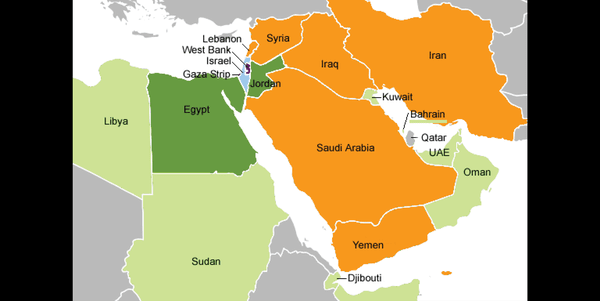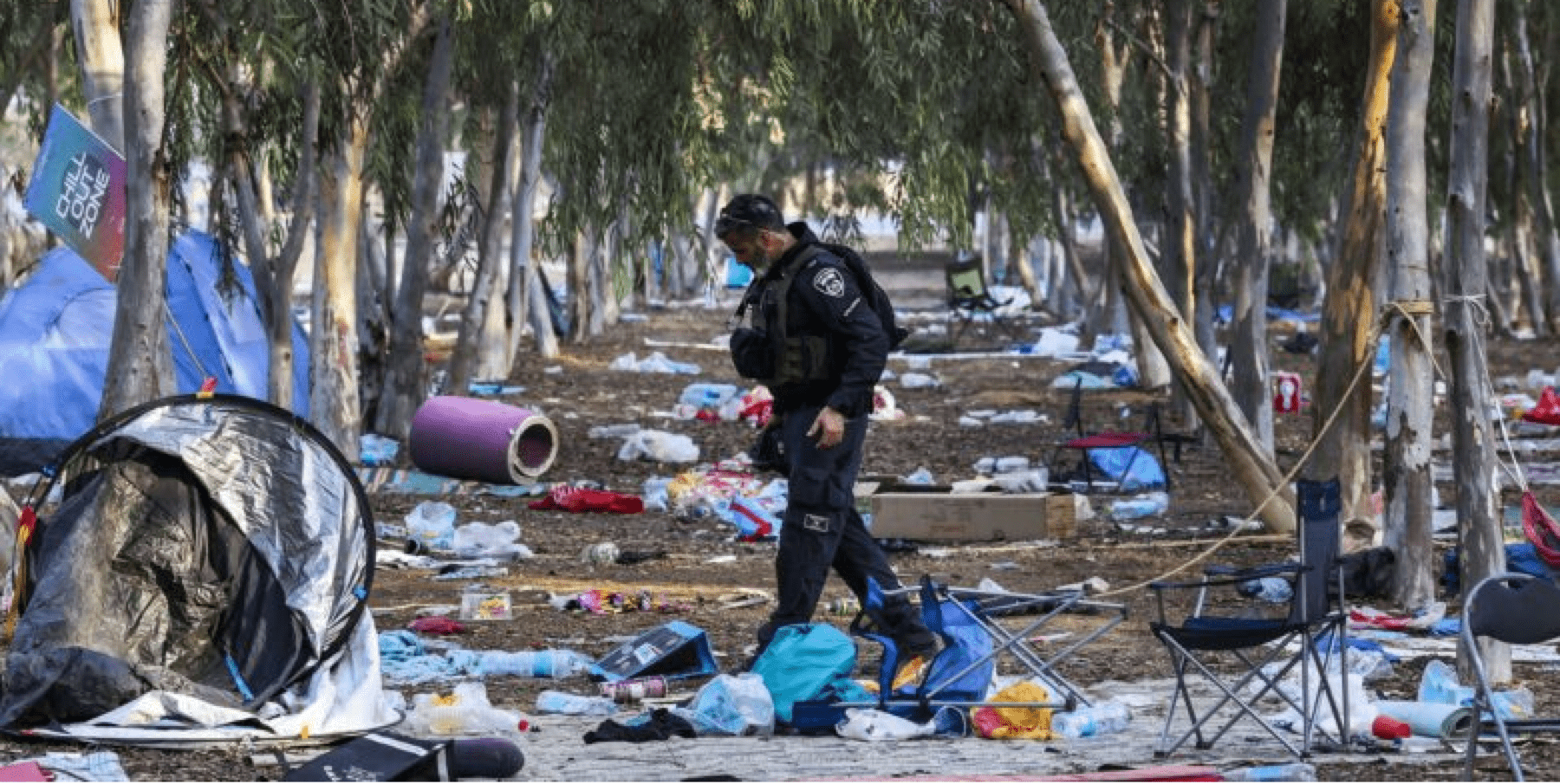Hizbullah Mulls Attacking Israeli Gas Interests
October 10, 2011A Lebanese strategic analyst close to Hizbullah warned on Monday the terror group will strike Israeli gas-exploration interests if Tel Aviv continues drilling in the Tamar and Leviathan gas fields.
“In case the enemy steals Lebanon’s oil, Hezbollah will have the right to strike its oil installations and facilities,” Feisal Abdossater told Iran’s semi-official Fars News Agency.
Abdossater described Israel’s drilling operations in the mediterranean as ‘aggressive and expansionist’ saying they had heightened tension between Beirut and Jerusalem.
“Zionists’ plot to find control over Lebanon’s sea wealth has a high potential for clashes between the two sides and is likely to have dire consequences,” he stated.
“The Lebanese Islamic resistance will not tolerate any kind of aggressions against the country’s sovereignty,” he reiterated, and added, “Hezbollah views the oil resources in Lebanon’s water as a treasure for the Lebanese nation and has declared its position in this regard very transparently.”
“Hezbollah will cut the hands of anyone who targets Lebanon’s sovereignty,” the analyst continued.
Earlier in July 2011, Hezbollah Leader Seyed Hassan Nasrallah warned Israel against trying to steal Lebanon’s maritime resources, and said it would retaliate against any Israeli attack on the country’s oil and gas interests.
Nasrallah’s comments prompted Israeli officials to deploy armed UAVs over the disputed gas fields to protect Israeli gas interests in the Mediterranean.
Israel and Lebanon have never had formally set borders, and instead relied on the 1949 Armistice lines, or “Green Line,” as a de jure border until 2000.
In 2000, when Israel withdrew from the buffer zone it had created in southern Lebanon, it redeployed its forces along the “Blue Line,” set by UN Security Council in Resolution 425. Lebanon declined to participate in the talks that determined the Blue Line.
Israel submitted a map dillineating its sea boundary with Lebanon to the United Nations in answer to a similar submission by the Hizbullah-dominated government of Lebanese Prime Minister Najib Mikati earlier this year.
Observers at the time noted Israel’s map took into account the Exclusive Economic Zones (EEZs) set by Lebanon and Cyprus in 2007, which have already been accepted by the United Nations and United States, as its likely future border. Israel drew its boundary from the Blue Line on the coast to Point 1, the southernmost extension of Lebanon’s EEZ with Cyprus.
Lebanon, however, drew its border 17 kilometers to the south of Point 1 so that they would cut into the disputed D, E, and F blocks of the Tamar and Leviathan fields. While Beirut’s economic agreement with Cyprus did allow for Point 1 to be adjusted based on future negotiations with Israel, no such negotiations have been undertaken.
Last month an Israeli consortium, in conjunction with Houston-based giant Noble Energy, began drilling in the A, B, and C blocks to the south of the Lebanese-claimed zone.
Also Monday, Beirut said it was dispatching doplomats to Nicosia to renegotiate its boundary with Cyprus. Nicosia, however, has been conducting closed-door meetings with Jerusalem over the development of gas fields in its own terriotry since last month.
Similar posts
-

Israel Is Held To A Higher Standard Than Any Country
April 25, 2024In the intricate tapestry of global affairs, one nation stands out for enduring scrutiny and condem...
-

Israel Has The Most Moral Military In The World
April 10, 2024In the heart of a region often riddled with conflict, Israel stands out not only for its technologi...
-

The Resilience of the Israeli People
April 2, 2024Visitors from around the world have seen Hamas's October 7th Massacre's destruction in southern Isr...
-

Israel: Small Size, Big Impact
March 21, 2024Nestled along the eastern edge of the Mediterranean Sea, Israel is a land of immense historical sig...
-

Israelis Are Fighting For Their Lives
February 21, 2024By Jonathan S. Tobin The world looks a lot different from Kibbutz Kfar Aza than it does in the U...
-

Over 2 Million Arabs Live In Israel
January 23, 2024In the complex landscape of the Middle East, where diverse cultures and identities intersect, Israe...
-

'Fauda' Star Idan Amedi Injured Fighting in Gaza
January 8, 2024Despite the severity of his injuries, Amedi's father assured Israeli news channels that his life is...
-

Israel Is A Great Country To Live In
December 28, 2023Nestled at the crossroads of the Middle East, Israel stands as a vibrant and dynamic nation, offeri...



















